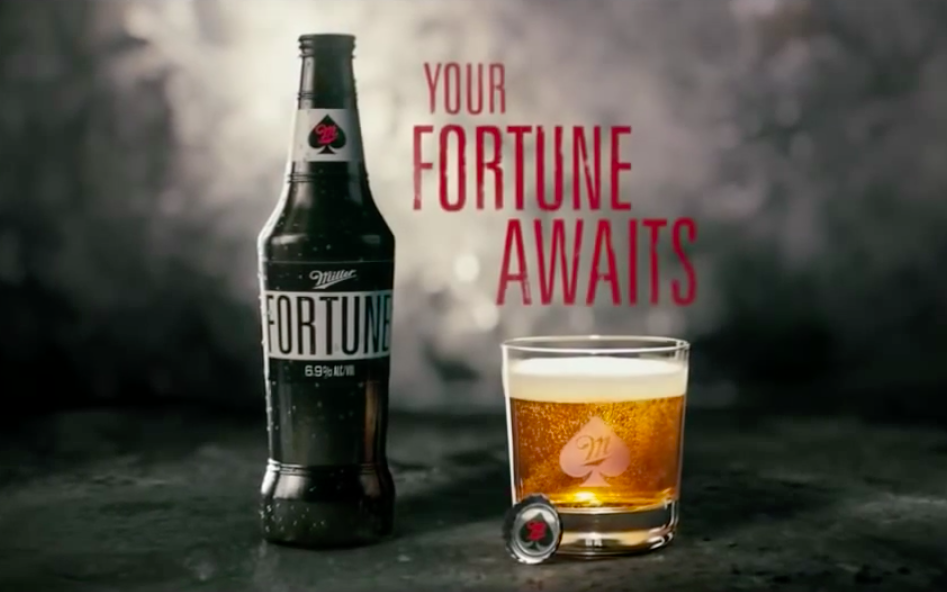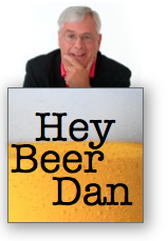Not many years ago, the marketing brain trust at MillerCoors figured that if liquor was growing (and it was), the way to steal some of that juju was to sell a beer as though it was a liquor... sort of. Enter Miller Fortune (subsequently referred to as Miller Mis-Fortune by many). A beer slightly higher in alcohol, its ads all showed Fortune being served in... cocktail glasses! In hindsight, it's hard to believe professional beer-marketing people at MillerCoors all agreed to this, with no one breaking down into uncontrollable fits of laughter.
Fail to ask the right question, and all answers will be wrong
Taking sales volume from wine has also long vexed beer marketers. Like beer, wine is relatively low in alcohol, but unlike beer, wine attracts female customers in droves, just the opposite of beer where men vastly outnumber women drinkers. But beer marketers have generally found no good way to break wine's hold on the ladies. (Thirty years ago, then-new light beers captured some wine volume, but only by accident since beer marketers never seriously pushed light beer against wine.)
Enter Michelob Ultra, the fastest-growing major beer brand in the country on the strength of its consistent pitching of low-carbohydrate content in fitness-themed ads. Alert for growth opportunities in keeping with the brand's positioning, some bright person in the Ultra team must have looked over at all that tantalizing female wine volume, and asked a very good question. Something like: "Do women know wine is really high in carbs?"
The result is the best ad we've ever seen for bringing new female drinkers into the arms of the beer guys (figuratively speaking, of course). It delivers a key product fact, one that is probably news to most folks, male or female. It will change behavior in Mich Ultra's favor.
Don't listen to "the experts"
One more instructive point here: The ad-agency creative folks will almost certainly vent their disdain for this Ultra ad. They'll say it's pedestrian, not funny, not expensively produced, and not going to win any ad-industry awards or free tickets to the Cannes festival. The glass-crashing-through-the-bar device, they'll sneer, is old-fashioned clunky and too in-your-face. It's just not SuperBowl stuff.
Truth is, it's all of that, but so what? This Michelob Ultra ad--with its time-tested and perfectly effective simplicity--will drive more beer purchases than will any other beer ad you'll see on this year's Super Bowl. (Or, for that matter, on any Super Bowl in the past dozen years or more.)
Screw Cannes. Here's to selling more... cans!





 RSS Feed
RSS Feed
